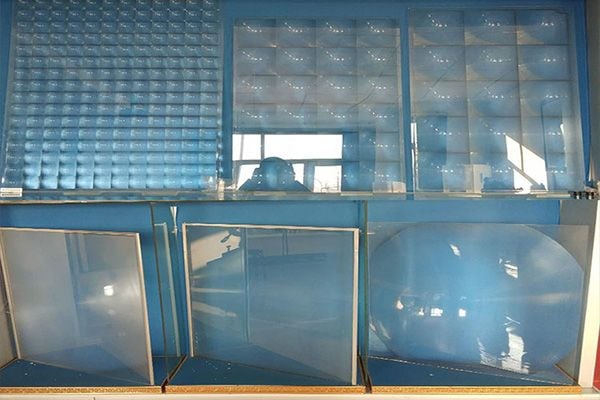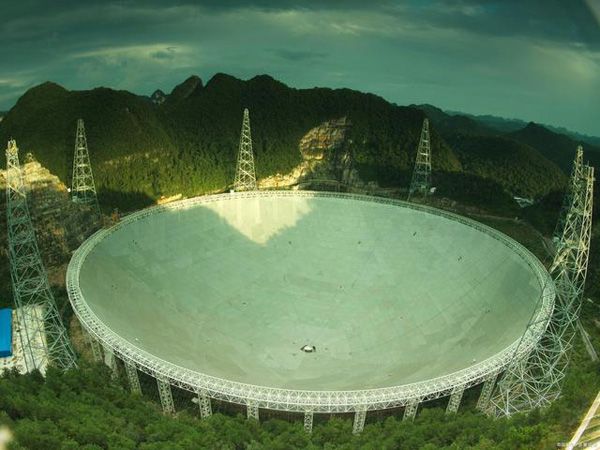What is the Difference Between Traditional Optical Lens and Fresnel Lens?
Traditional lenses are relatively thick and heavy and small in size; Fresnel lenses are light, thin and large in size.
THE PRINCIPLE OF FRESNEL LENS
Fresnel lens was invented by the French physicist Augustin Fresnel. It converts spherical and aspheric lenses into thin and thin flat-shaped lenses to achieve the same optical effect, and then through ultra-precision Processing method, a large number of optical grade ring belts are processed on the plane surface, and each ring belt plays an independent lens function. Fresnel lens is the best way to achieve large-scale, flattened, and thinner lenses.
THE MANUFACTURE OF FRESNEL LENS
especially the manufacture of large-size lenses, involves optical design simulation, ultra-precision manufacturing technology, polymer materials and precision molding processes. Fresnel lenses can be widely used in lighting, navigation, scientific research, etc. The Fresnel lens is in the form of a flat plate, which realizes the function of reflecting and converging rays. Using this principle and splicing technology, the parabolic, ellipsoidal, and high-order curved optical lens of any caliber can be converted into a plane form, so as to realize the splicing of Fresnel lenses of any size, and explore the space solar energy, giant reflective surface (such as Guizhou Skyeye 500 Meter diameter radio telescope) and other applications. The infinite splicing technology of Fresnel lens can use this splicing technology from a few meters to hundreds of meters to any large size. The parabolic reflector in Guizhou Tianyan with a diameter of 500 meters can use this splicing technology with a flat surface. The Fresnel lens simulates a parabola, which reduces the difficulty of processing and is easier to install and adjust.


